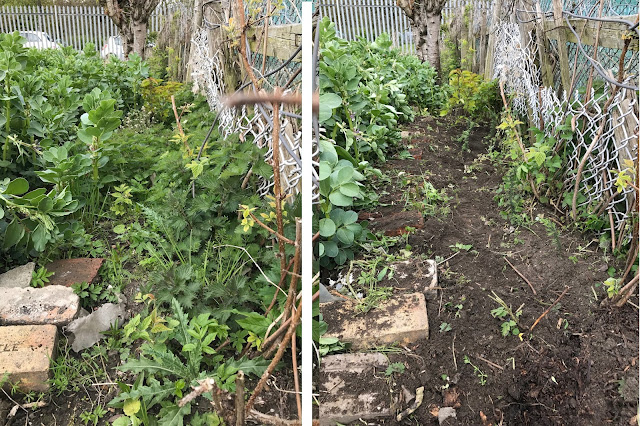Arbuscular Mycorrhizal Fungi: The Truth At Last
The weather and domestic responsibilities keep me away from No. 5 Bed and its recovery. But I've had a bit of time to think about facilitating the recovery once the riddling's done. Mycorrhizae - always on my mind. I'm riddling every inch of the bed. What will that do to its structure? Reshuffle it, at least. But it should leave spores intact and ready to go(?). I found a good overview of where-we-are-now with AMF here: (Berruti et al, 2015) . Armed with search terms like "host trap plant culture" I was enabled to find Liu and Wang 2003 which suggests that white clover makes an excellent AMF host. I've got a big bag of Trifolium repens which I was planning to use as a cover crop on No. 5 Bed anyway. So that's beginning to look like an accidentally good idea...



